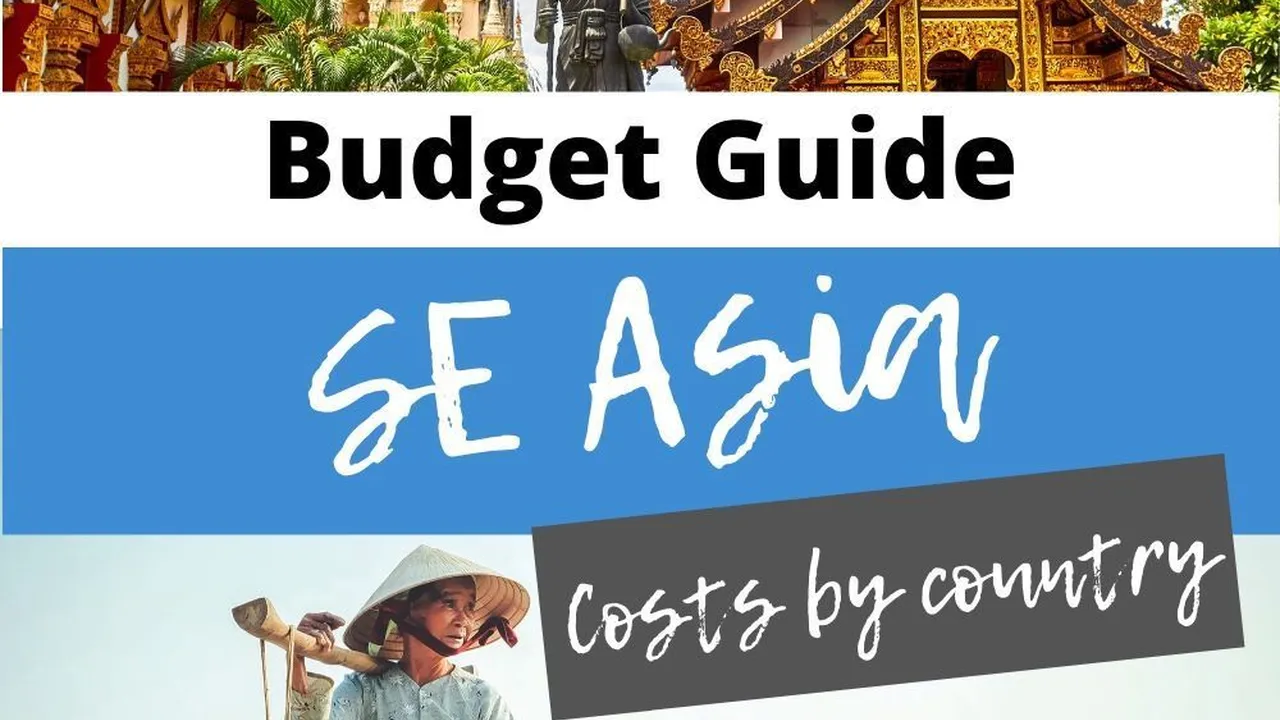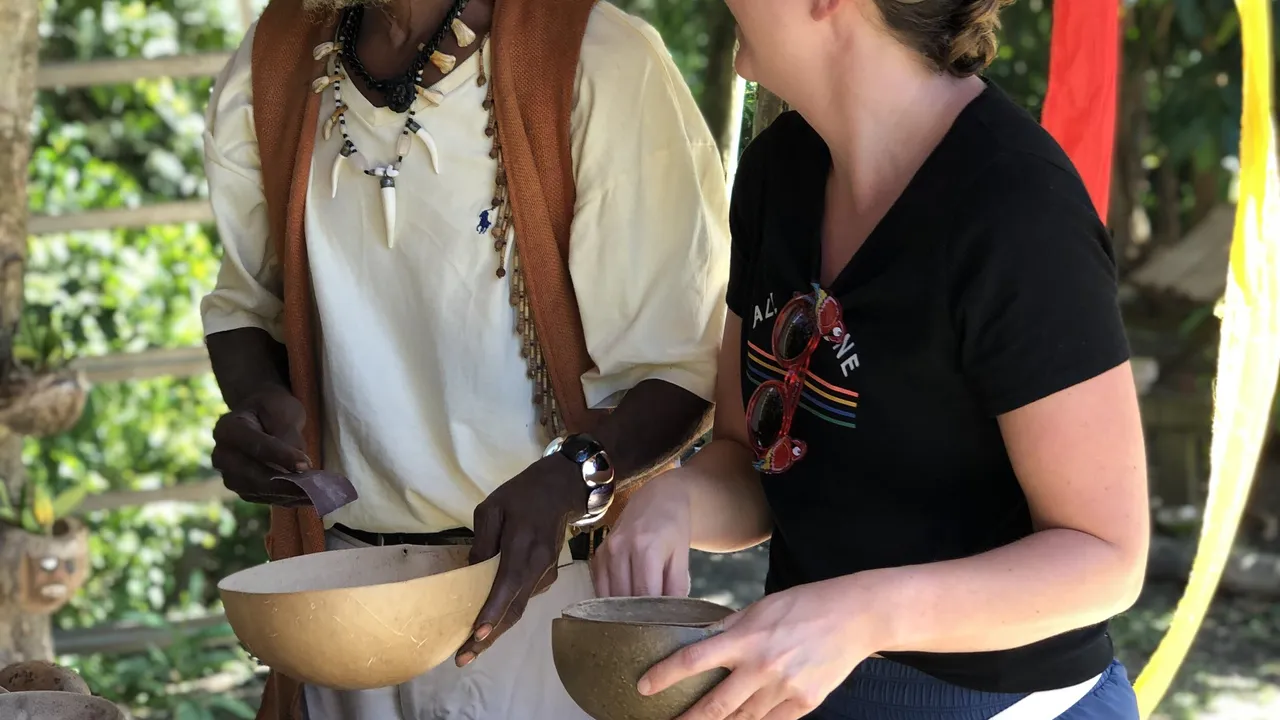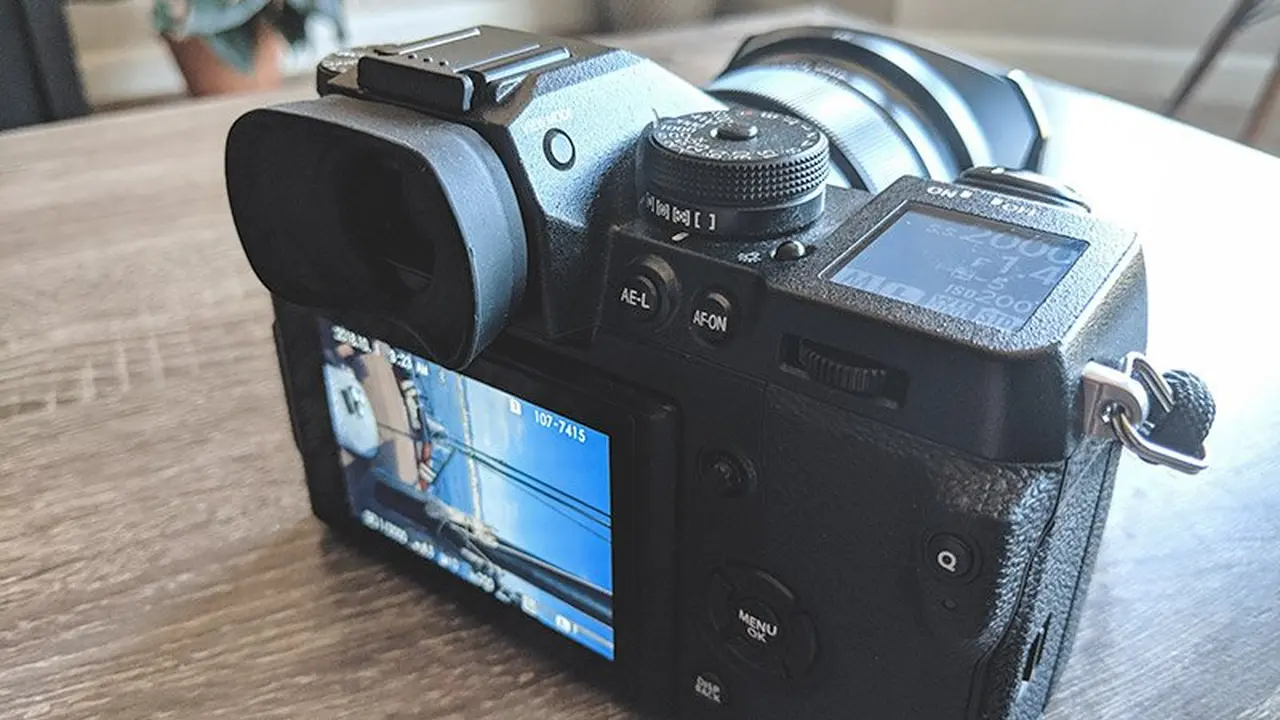Southeast Asia Budget Guide
Explore Southeast Asia on a budget. This guide outlines the average costs of living and traveling in various Southeast Asian countries, helping you plan your finances effectively. Discover affordable destinations and make the most of your budget.

Understanding the Cost of Living in Southeast Asia for Digital Nomads
So, you're dreaming of swapping your cubicle for a hammock in Southeast Asia? Smart move! But before you book that one-way ticket, let's talk about money. Southeast Asia is known for being budget-friendly, but \"budget-friendly\" is relative. What's a steal in Thailand might be pricey compared to Vietnam. This guide breaks down the average costs of living and traveling in different Southeast Asian countries, so you can plan your finances like a pro.
Thailand Budget Breakdown: A Digital Nomad's Paradise?
Thailand is often the first stop for digital nomads in Southeast Asia, and for good reason. It's got stunning beaches, delicious food, and a relatively low cost of living. Here's a general idea of what you can expect to spend per month:
- Accommodation: $300 - $800 (depending on whether you opt for a basic guesthouse, a comfortable apartment, or a fancy condo).
- Food: $200 - $500 (street food is your friend! But even restaurant meals are generally affordable).
- Transportation: $50 - $150 (scooters are cheap to rent, but be careful! Public transport is also readily available).
- Visas: Variable (depending on your visa type and how long you stay). Factor in visa runs if needed.
- Activities & Entertainment: $100 - $300 (temples, beaches, nightlife – it all adds up!).
- Miscellaneous: $50 - $100 (laundry, toiletries, SIM card, etc.).
Total Estimated Monthly Cost: $700 - $1850
Vietnam Budget Breakdown: Affordability at its Finest
Vietnam is arguably one of the most affordable countries in Southeast Asia. You can stretch your dollar incredibly far here, especially if you embrace the local culture. Here's what you might spend:
- Accommodation: $200 - $600 (hostels are super cheap, and apartments are still very reasonable).
- Food: $150 - $400 (street food is even cheaper than in Thailand!).
- Transportation: $30 - $100 (buses and trains are very affordable).
- Visas: Variable (similar to Thailand, factor in visa runs).
- Activities & Entertainment: $50 - $200 (museums, historical sites, natural beauty).
- Miscellaneous: $30 - $80.
Total Estimated Monthly Cost: $460 - $1380
Bali, Indonesia Budget Breakdown: Paradise at a Price?
Bali is a digital nomad hotspot, and its popularity comes at a cost. While still cheaper than many Western countries, Bali is more expensive than other parts of Southeast Asia. Here's a rough breakdown:
- Accommodation: $400 - $1000 (villas can be surprisingly affordable if you share with friends).
- Food: $300 - $600 (lots of healthy cafes and international options, which drive up the price).
- Transportation: $50 - $150 (scooters are essential, but traffic can be chaotic).
- Visas: Variable (visas can be tricky and expensive, so research your options carefully).
- Activities & Entertainment: $150 - $400 (yoga classes, surfing lessons, temple visits).
- Miscellaneous: $50 - $150.
Total Estimated Monthly Cost: $950 - $2300
Malaysia Budget Breakdown: Modernity and Affordability Combined
Malaysia offers a good balance of modern amenities and affordable living. Kuala Lumpur is a bustling city with excellent infrastructure, while other parts of the country offer a more laid-back vibe. Here's a general budget outline:
- Accommodation: $350 - $850 (apartments in KL can be quite modern and well-equipped).
- Food: $250 - $550 (a mix of street food and restaurant options).
- Transportation: $50 - $150 (public transport in KL is excellent).
- Visas: Variable (research your options based on your nationality).
- Activities & Entertainment: $100 - $300 (shopping malls, cultural attractions, nature reserves).
- Miscellaneous: $50 - $100.
Total Estimated Monthly Cost: $800 - $1950
Philippines Budget Breakdown: Island Hopping on a Shoestring
The Philippines offers stunning islands and a vibrant culture, and it can be surprisingly affordable if you know where to go. Here's a budget breakdown:
- Accommodation: $250 - $700 (guesthouses and budget hotels are plentiful).
- Food: $200 - $500 (local food is very cheap).
- Transportation: $50 - $150 (jeepneys and buses are the main modes of transport).
- Visas: Variable (research visa options carefully).
- Activities & Entertainment: $100 - $300 (island hopping, diving, exploring).
- Miscellaneous: $30 - $80.
Total Estimated Monthly Cost: $630 - $1730
Tools and Apps for Budgeting in Southeast Asia
Okay, now that you have a general idea of costs, let's talk about how to manage your money while you're actually *there*. Here are some tools and apps that can help:
- Mint: A popular budgeting app that helps you track your spending and create budgets.
- YNAB (You Need a Budget): A more in-depth budgeting app that focuses on allocating every dollar.
- TravelSpend: An app specifically designed for tracking travel expenses.
- XE Currency Converter: Essential for converting currencies on the fly.
- Google Sheets: A free and versatile spreadsheet program for creating custom budgets.
Saving Money on Accommodation in Southeast Asia: Hostels, Guesthouses, and More
Accommodation is usually one of the biggest expenses for digital nomads. Here are some tips for saving money:
- Stay in hostels: Hostels are a great way to meet other travelers and save money.
- Look for guesthouses: Guesthouses are often cheaper than hotels and offer a more local experience.
- Use Airbnb: Airbnb can be a good option for longer stays, especially if you're traveling with a group.
- Consider long-term rentals: If you're planning to stay in one place for a few months, look for long-term rental deals.
- Travel during the off-season: Prices are often lower during the off-season.
Food Budget Hacks: Eating Like a Local in Southeast Asia
Food is one of the best things about Southeast Asia, and it doesn't have to break the bank! Here's how to eat well on a budget:
- Eat street food: Street food is delicious, authentic, and incredibly cheap.
- Shop at local markets: Buy fresh produce and cook your own meals.
- Look for local restaurants: Avoid tourist traps and eat where the locals eat.
- Drink local beer: Local beer is often much cheaper than imported beer.
- Take advantage of happy hour deals: Many bars and restaurants offer happy hour deals on drinks and appetizers.
Transportation Tips: Getting Around Southeast Asia Affordably
Getting around Southeast Asia can be an adventure in itself! Here are some tips for saving money on transportation:
- Use public transport: Buses and trains are generally very affordable.
- Rent a scooter: Scooters are a cheap and convenient way to get around, but be careful!
- Take Grab or Gojek: Ride-hailing apps like Grab and Gojek are often cheaper than taxis.
- Fly budget airlines: Budget airlines like AirAsia and Scoot offer cheap flights between cities.
- Travel overnight: Overnight buses and trains can save you money on accommodation.
Recommended Products and Services for Budget Travelers in Southeast Asia
Here are a few specific products and services that can help you save money and travel smarter in Southeast Asia:
- Wise (formerly TransferWise): For international money transfers with low fees. Scenario: Sending money from your US bank account to a local bank account in Thailand. Comparison: Compared to traditional bank transfers, Wise typically offers significantly lower fees and better exchange rates. Price: Fees vary depending on the currency and amount, but generally range from 0.5% to 1%.
- Revolut: A prepaid debit card with no foreign transaction fees. Scenario: Using your Revolut card to pay for meals and activities in Vietnam. Comparison: Avoids the hefty foreign transaction fees charged by many traditional credit cards. Price: Free for the standard card, with paid options offering additional benefits.
- NordVPN: A VPN to protect your online privacy and security on public Wi-Fi. Scenario: Connecting to public Wi-Fi in a co-working space in Bali. Comparison: Offers robust security features and a wide range of server locations. Price: Subscription plans start at around $3.29 per month.
- Skyscanner: A flight comparison website to find the cheapest flights. Scenario: Searching for flights between Kuala Lumpur and Singapore. Comparison: Aggregates flight prices from multiple airlines and travel agencies. Price: Free to use.
- Agoda & Booking.com: For finding affordable accommodation. Scenario: Booking a guesthouse in the Philippines. Comparison: Offer a wide selection of hotels, guesthouses, and apartments. Price: Free to use, but accommodation prices vary.
Visa Strategies and Cost Considerations for Southeast Asia
Visas can be a significant expense and a logistical hurdle for digital nomads. Research visa requirements *thoroughly* before you go. Many countries offer tourist visas that can be extended, but be aware of the rules and regulations. Some countries are cracking down on digital nomads working on tourist visas. Also, factor in the cost of visa runs (traveling to another country to renew your visa) if necessary. Consider options like the Thailand Elite Visa (expensive but offers long-term residency) or exploring countries with more lenient visa policies.
Mastering the Art of Haggling in Southeast Asia
Haggling is a common practice in many Southeast Asian countries, especially in markets and tourist areas. Don't be afraid to negotiate prices, but always do so respectfully. Start by offering a lower price than you're willing to pay, and be prepared to walk away. Remember, a few dollars saved here and there can add up over time.
Long-Term Stay Discounts: Negotiating Monthly Rates
If you plan to stay in one place for a month or longer, try negotiating a monthly rate with your accommodation provider. You can often get a significant discount compared to booking nightly rates. Don't be afraid to ask – the worst they can say is no!
The Importance of Travel Insurance for Budget-Conscious Nomads
Travel insurance is essential for all travelers, but especially for digital nomads who are often working and traveling in unfamiliar environments. Make sure your insurance policy covers medical expenses, trip cancellations, and lost or stolen belongings. Don't skimp on travel insurance – it could save you a lot of money (and stress) in the long run. World Nomads and SafetyWing are popular choices among digital nomads.
Embrace the Local Culture for a Richer, Cheaper Experience
One of the best ways to save money in Southeast Asia is to embrace the local culture. Eat local food, use local transportation, and participate in local activities. Not only will you save money, but you'll also have a more authentic and rewarding travel experience. Learn a few basic phrases in the local language – it will go a long way!
:max_bytes(150000):strip_icc()/277019-baked-pork-chops-with-cream-of-mushroom-soup-DDMFS-beauty-4x3-BG-7505-5762b731cf30447d9cbbbbbf387beafa.jpg)






